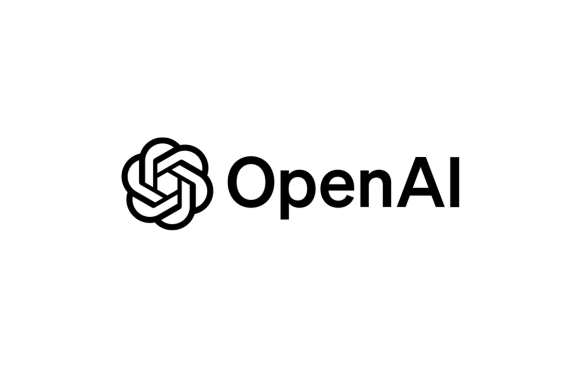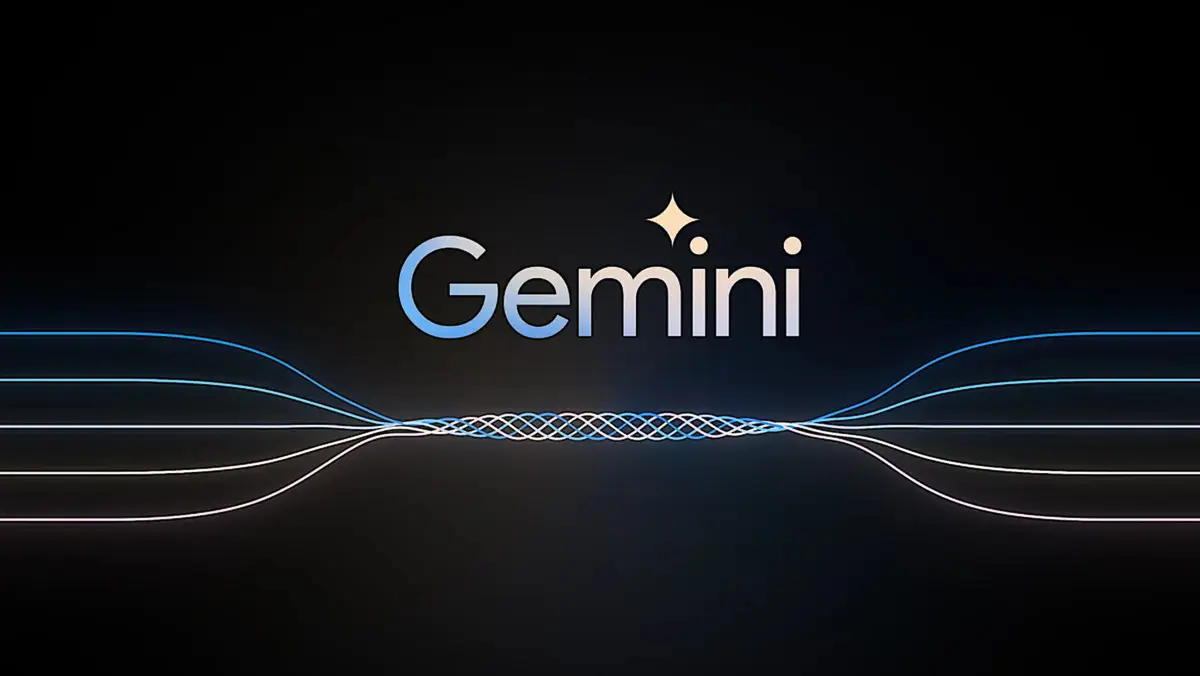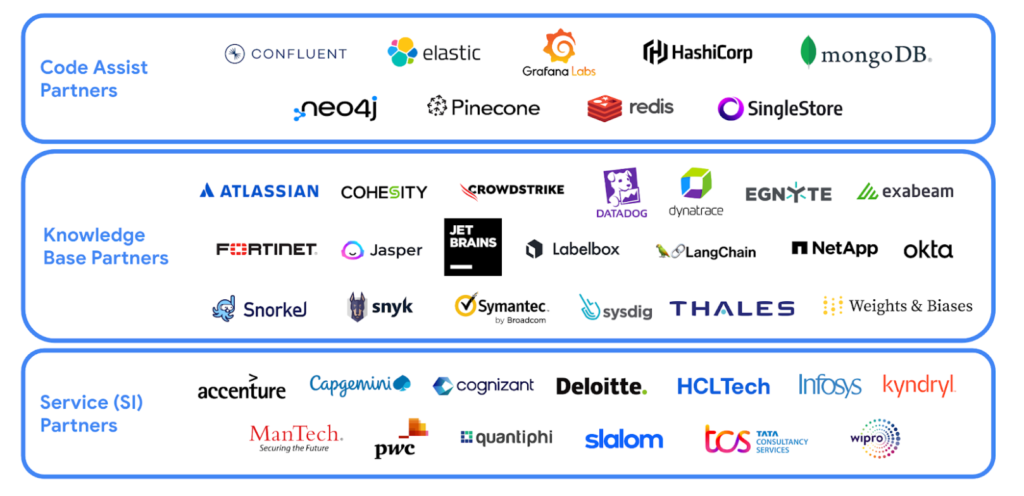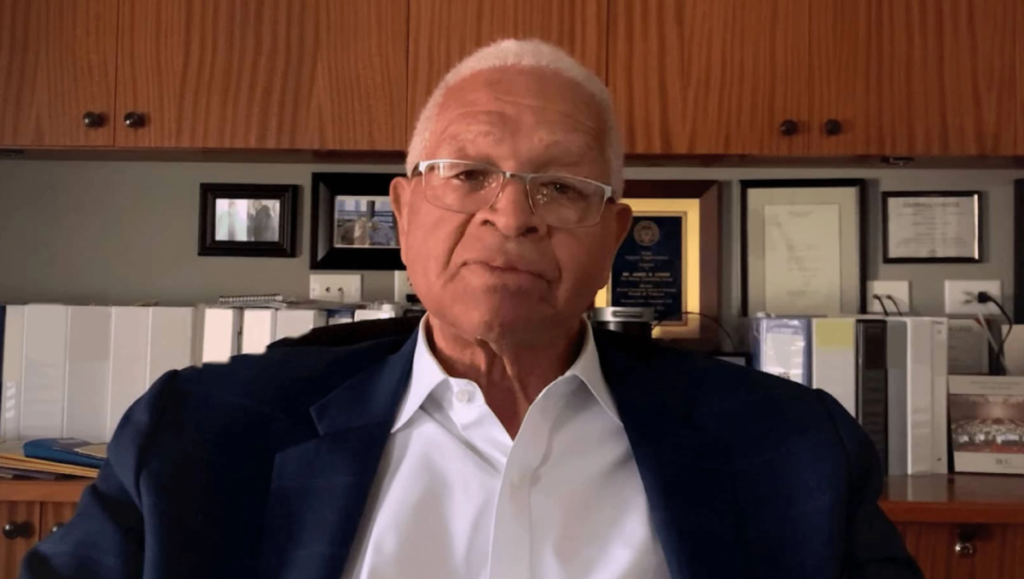In a significant development, Apple is prohibited from selling the Watch Series 9 and Watch Ultra 2 in the United States, as the Biden administration opted not to override the ban imposed by the International Trade Commission (ITC) today.
The removal of both devices from Apple’s official website occurred on December 21st, followed by their withdrawal from store shelves after December 24th. A statement from the Office of US Trade Representative Katherine Tai, reported by CNBC, revealed that the agency “decided not to reverse the ITC’s determination” after careful consideration.
Responding to the ban, an unidentified Apple spokesperson, as reported by Reuters, confirmed the company’s intention to appeal the ITC decision. The spokesperson stated, “We strongly disagree with the USITC decision and resulting exclusion order, and are taking all measures to return Apple Watch Series 9 and Apple Watch Ultra 2 to customers in the U.S. as soon as possible.”
The ITC imposed the ban after determining that Apple had violated the patent for blood oxygen saturation technology owned by the company Masimo. Additionally, the ITC directed Apple to cease selling any previously-imported devices containing the infringing technology. Despite Apple’s attempt to halt the decision during the appeal process, the ITC denied the request. The final opportunity for intervention rested with President Joe Biden, who did not veto the ban.
It’s important to note that the sales ban only impacts Apple’s stores in the US. Customers still have the option to purchase the Watch Series 9 or Watch Ultra 2 at retailers such as Best Buy and Target while supplies last. Apple will continue to offer the Watch SE, which lacks a blood oxygen sensor and remains unaffected by the ban.
The future steps for Apple remain uncertain. Analysts, including my colleague Victoria Song, explore potential paths Apple could take, such as implementing software changes to the blood oxygen sensor or disabling the sensor on imported devices. However, these approaches may not be sufficient to satisfy the ITC, leading to speculation that Apple might consider settling with Masimo as an alternative solution.












